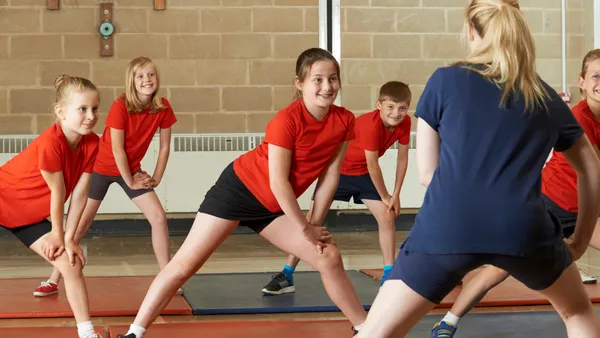Dive Brief:
- Educators must balance many learning preferences as students adjust to online learning, which will be a good fit for some and difficult for others, District Administration reports. Some students will struggle with change and others will have a hard time dealing with isolation.
- Administrators can guide teachers to adjust their instruction to students’ individual needs and preferences. Introverted students, for example, thrive when allowed to explore thoughts and ideas but don’t like being put on the spot, while extroverts think out loud and learn well with group discussions, which can be done through online chat groups.
- Students will also vary between taking in information through facts and details versus focusing on possibilities and relationships between ideas. Students who have a “thinker” style of processing things may use logical methods to reach conclusions, while students who have more of a “feeling” style will want to feel connections, so group projects should be assigned to work within the distance learning model.
Dive Insight:
Even in online learning, students' learning styles still impact the effectiveness of lessons. Educators who can determine how much support and what type of resources different students need to thrive in that environment will have the most success transitioning to this format.
A paper by the University of Illinois Springfield lays out four styles of learners and how educators can adapt online curriculum accordingly. The visual/verbal learner, for example, does best when information is presented through visual aids, textbooks and class notes. They prefer to study in quiet environments, and the online environment is particularly well-suited to them.
Similarly, the visual/nonverbal learner does best when receiving information from instructors presented in a visual format. They may be artistic and enjoy visual art and design, and they also thrive in online learning environments since graphical information can easily be conveyed through online learning.
Auditory/verbal learners, however, do best listening to an instructor and participating in group discussions. They remember things by repeating it aloud and thrive in interactive environments. Tactile/kinesthetic learners, on the other hand, do best with hands-on activities, so online learning that includes lab sessions at a student’s home, field work they can discuss in class and simulations with 3D graphics can best serve these students if possible.
A study by three university authors published in the Journal of Educators Online also hypothesizes there may be gender differences in learning styles, with females leaning toward a verbal and sequential learning approach and males tending to be more visual.












